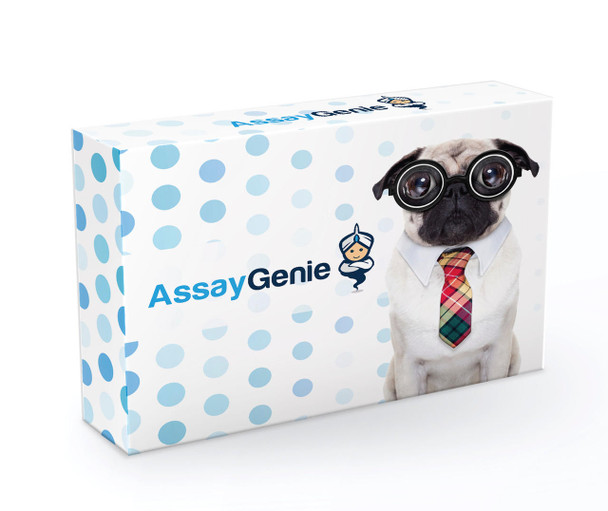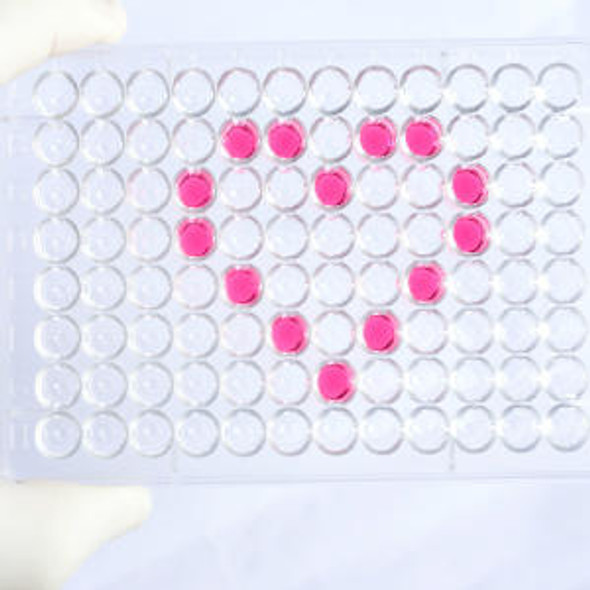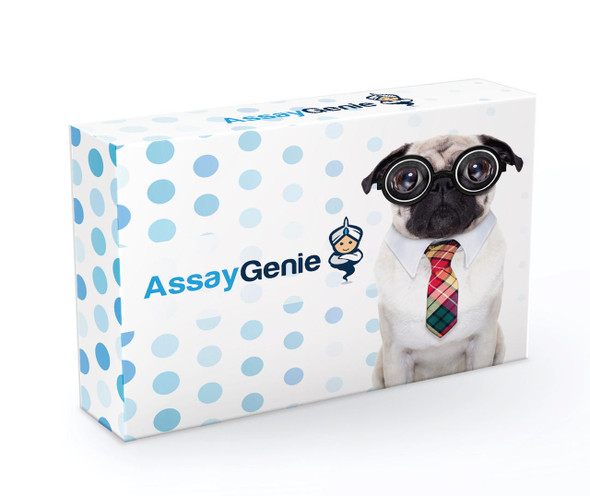Description
| Product Name: | QuickStep Human IgE (Immunoglobulin E) ELISA Kit |
| Product Code: | AEES00641 |
| Assay Type: | Sandwich |
| Format: | 96 Assays |
| Assay Time: | 2.5h |
| Reactivity: | Human |
| Detection Range: | 0.78-50 ng/mL |
| Sensitivity: | 0.27 ng/mL |
| Sample Type & Sample Volume: | Serum and plasma, 50μL |
| Specificity: | This kit recognizes Human IgE in samples. No significant or interference between Human IgE and analogues was observed. |
| Reproducibility: | Both intra-CV and inter-CV are < 10%. |
| Application: | This ELISA kit applies to the in vitro quantitative determination of Human IgE concentrations in serum and plasma.Please consult technical support for the applicability if other biological fluids need to be tested. |
This ELISA kit uses the Sandwich-ELISA principle. The micro ELISA plate provided in this kit has been pre-coated with an antibody specific to Human IgE. Samples (or Standards) and biotinylated detection antibody specific for Human IgE are added to the micro ELISA plate wells. Human IgE would combine with the specific antibody. Then Avidin-Horseradish Peroxidase (HRP) conjugate are added successively to each micro plate well and incubated. Free components are washed away. The substrate solution is added to each well. Only those wells that contain Human IgE, biotinylated detection antibody and Avidin-HRP conjugate will appear blue in color. The enzyme-substrate reaction is terminated by the addition of stop solution and the color turns yellow. The optical density (OD) is measured spectrophotometrically at a wavelength of 450 ± 2 nm. The OD value is proportional to the concentration of Human IgE. You can calculate the concentration of Human IgE in the samples by comparing the OD of the samples to the standard curve.
| Kit Components: | An unopened kit can be stored at 2-8℃ for six months. After test, the unused wells and reagents should be stored according to the table below.
|
| 1. | Add 50μL standard or sample to the wells, immediately add 50μL Biotinylated Detection Ab working solution to each well. Incubate for 90 min at 37°C |
| 2. | Aspirate and wash the plate for 3 times |
| 3. | Add 100μL HRP conjugate working solution. Incubate for 30 min at 37°C. Aspirate and wash the plate for 5 times |
| 4. | Add 90μL Substrate Reagent. Incubate for 15 min at 37°C |
| 5. | Add 50μL Stop Solution |
| 6. | Read the plate at 450nm immediately. Calculation of the results |
Immunoglobulin E (IgE), named in 1968 [1], was the last of the five classes of human antibodies to be discovered, and today is commonly associated with the various manifestations of allergic disease. IgE’s receptor-binding activities present unique features. There are two principal receptors, FcεRⅠ, structurally homologous to other members of the FcγR family, and FcεRⅡ/CD23. Adult serum IgE levels range from 20 to 200IU/mL and are generally considered to be abnormally elevated when they are greater than 333IU/mL (800ng/mL). Common diseases associated with IgE elevation include allergic asthma, seasonal allergic rhinitis, atopic dermatitis, drug-induced interstitial pneumonia, bronchopulmonary aspergillosis, leprosy, pemphigoid and certain parasitic infections [2].






